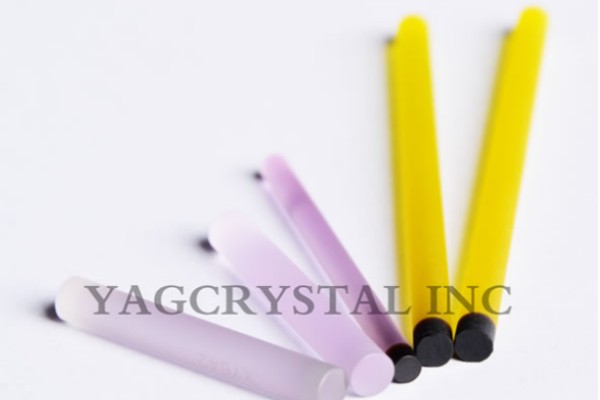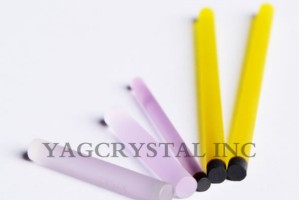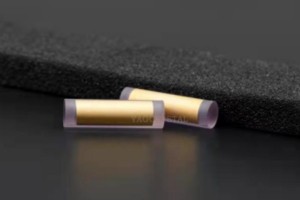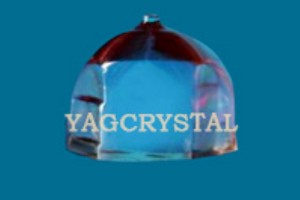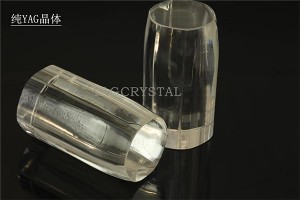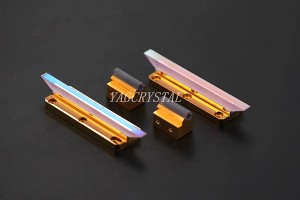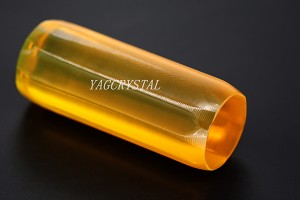Crystal Bonding– Composite Technology Of Laser Crystals
Product Description
The significance of the application of bonding technology on laser crystals lies in: 1.Miniaturization and integration of laser devices/systems, such as Nd:YAG/Cr:YAG bonding for the production of passive Q-switched microchip lasers; 2. Improving the thermal stability of laser rods Performance, such as YAG/Nd:YAG/YAG (that is, bonded with pure YAG to form the so-called "end cap" at both ends of the laser rod) can significantly reduce the temperature rise of the end face of the Nd:YAG rod when it is working, mainly used for semiconductor pumping Solid-state lasers and solid-state lasers that require high power operation.
Our company's current main YAG series bonded crystal products include: Nd:YAG and Cr4+:YAG bonded rods, Nd:YAG bonded with pure YAG at both ends, Yb:YAG and Cr4+:YAG bonded rods, etc.; diameters from Φ3 ~15mm, length (thickness) from 0.5~120mm, can also be processed into square strips or square sheets.
Bonded crystal is a product that combines a laser crystal with one or two pure non-doped homogeneous substrate materials through bonding technology to achieve a stable combination. Experiments show that bonding crystals can effectively reduce the temperature of laser crystals and reduce the influence of thermal lens effect caused by end face deformation.
Features
● Reduced thermal lensing caused by end face deformation
● Improved light-to-light conversion efficiency
● Increased resistance to photodamage threshold
● Improved laser output beam quality
● Reduced size
| Flatness | <λ/10@632.8nm |
| Surface quality | 10/5 |
| Parallelism | <10 arc seconds |
| Verticality | <5 arc minutes |
| Chamfer | 0.1mm@45° |
| Coating layer | AR or HR coating |
| Optical quality | Interference fringes: ≤ 0.125/inch Interference fringes: ≤ 0.125/inch |


